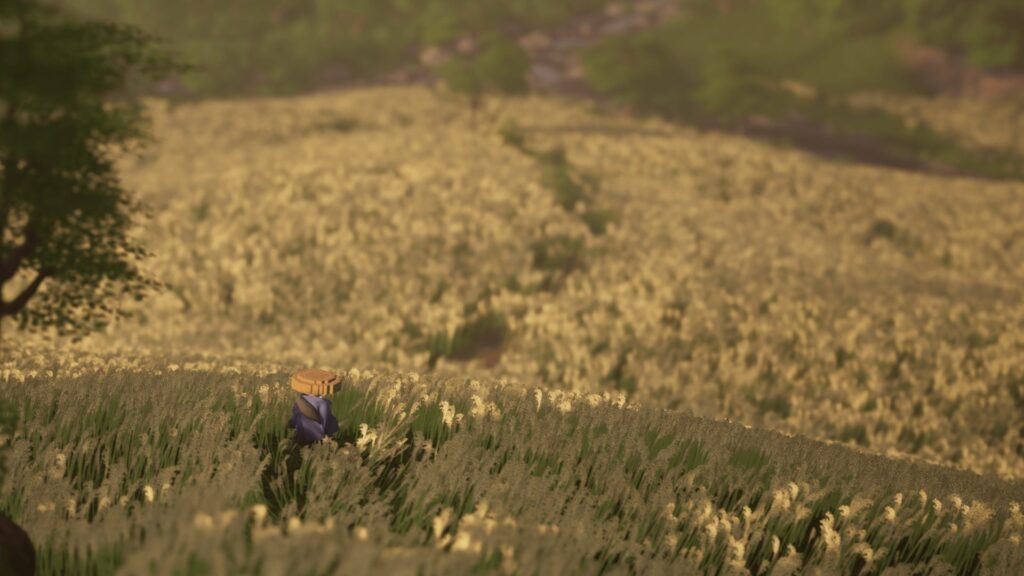This article focuses on how game developers use game engines to create immersive worlds in video games. Game engines provide the necessary infrastructure for developers to design and optimize virtual environments, allowing them to focus on creative aspects of game design. Choosing the right game engine involves evaluating factors like project requirements and team skills. The game development workflow typically involves stages such as conceptualization and design, asset creation, integration and scripting, world building, game mechanics and testing, and optimization and performance. Collaboration and iteration are crucial for refining game worlds. The future of game engines includes advancements like real-time ray tracing and machine learning integration. Game engines continue to shape the future of gaming and provide opportunities for developers worldwide.
An Inside Look: How Game Developers Create Immersive Worlds Using Game Engines
Introduction
In the world of video games, every immersive world that awaits players to explore and conquer is meticulously built by game developers using advanced tools called game engines. These powerful software frameworks provide the necessary infrastructure for developers to create, design, and optimize the virtual worlds that millions of gamers across the globe immerse themselves in. This article aims to provide an in-depth understanding of how game developers utilize game engines to create these exciting virtual environments.
The Role of Game Engines
Game engines serve as the backbone of game development, enabling developers to bring their creative visions to life. These engines provide a wide range of core functionalities, such as rendering graphics, handling physics simulations, managing audio, and managing artificial intelligence. By incorporating game engines into their workflow, developers can focus more on the creative aspects of game design rather than reinventing the technical wheel.
Choosing the Right Game Engine
Developers have a plethora of game engines to choose from, each offering different features, performance levels, and ease of use. Some popular game engines include Unity, Unreal Engine, CryEngine, and Godot. The selection process usually involves evaluating factors like the project requirements, team skills, platform support, and licensing costs, to ensure the ideal fit for the specific game development endeavor.
The Game Development Workflow
The creation of immersive game worlds is a complex process involving various stages. Let’s delve into the typical workflow followed by game developers:
1. Conceptualization and Design
The initial stage involves brainstorming ideas, conceptualizing the game’s world, characters, story, and gameplay mechanics. Game designers work closely with the development team to create a design document outlining the basic elements of the game.
2. Asset Creation
Once the game’s design is finalized, artists and animators start creating the visual assets needed for the game, such as character models, landscapes, textures, and animations. These assets play a crucial role in building the immersive world.
3. Integration and Scripting
Next, developers take the visual assets and integrate them into the game engine. They write scripts to bring the game to life, controlling character movements, interactions, and other in-game mechanics. This stage involves a mix of programming knowledge and creativity.
4. World Building
Game developers utilize the functionalities of the game engine to construct the game world. They design and layout terrains, buildings, vegetation, and other environmental elements. The game engine’s features, such as terrain sculpting, object placement, and lighting, aid in creating the desired atmosphere
5. Game Mechanics and Testing
Developers implement the game mechanics and rules, such as combat systems, puzzles, or interactive elements. They conduct extensive testing to ensure the game functions as intended, addressing any bugs or glitches that may arise.
6. Optimization and Performance
Optimization is a crucial step in the game development process. Developers analyze the game’s performance using profiling tools provided by the engine. They tweak settings, modify code, or optimize assets to ensure the game runs smoothly on various hardware configurations.
Collaboration and Iteration
Game development is rarely a linear process. Collaboration and iteration play a vital role in refining the immersive world. Artists, designers, programmers, and other team members work together, providing feedback and making necessary changes to ensure the best possible game experience for the players.
The Future of Game Engines
Game engines continue to evolve, introducing new technologies and features that further enhance the creation of immersive worlds. Real-time ray tracing, advanced physics simulations, and machine learning integration are some of the cutting-edge advancements gradually becoming commonplace in the industry. Additionally, game engines are becoming more accessible to aspiring developers, allowing smaller teams or even solo developers to bring their creative ideas to life.
Conclusion
The creation of immersive game worlds is a fascinating process that demands an intricate balance between design, technical expertise, and creativity. Game engines streamline this process by providing developers with the necessary tools and features to build virtual environments that captivate and engage gamers. As technology advances, game engines will continue to shape the future of gaming, pushing the boundaries of what is possible and providing endless opportunities for game developers around the world.
